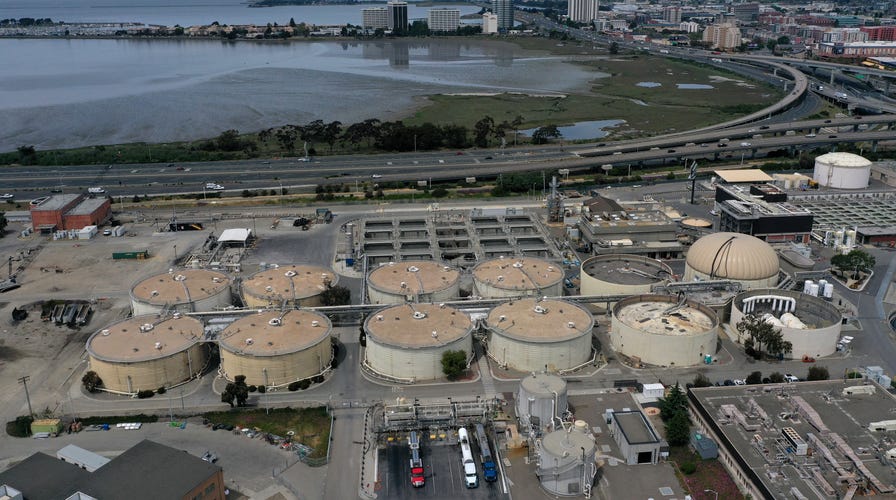Fox News Flash top headlines for May 6
Fox News Flash top headlines are here. Check out what's clicking on Foxnews.com.
Get all the latest news on coronavirus and more delivered daily to your inbox. Sign up here.
In trying to understand the novel coronavirus and how it has continued to spread worldwide, scientists are turning to a unique place: human waste.
Researchers at MIT have been studying wastewater from households in Massachusetts, analyzing them to see if they can find traces of the new coronavirus's genetic signature.
“The flu is pretty tricky to test in wastewater,” Eric Alm, co-director of MIT’s Center for Microbiome Informatics and Therapeutics, told The Wall Street Journal. “For COVID-19, we’re fortunate that it is excreted in large enough amounts.”
The technique, known as wastewater-based epidemiology, has even been harnessed to monitor drug use or chemical spills, with the hope of guiding policy decisions.
RECENTLY RECOVERED COVID-19 PATIENTS PRODUCE DIFFERING VIRUS SPECIFIC ANTIBODIES

An aerial view of the East Bay Municipal Utility District Wastewater Treatment Plant on April 29, 2020 in Oakland, California. (Getty Images)
Scientists hope that by studying sewage, they can better understand the prevalence of coronavirus as many states shift toward slowly reopening aspects of society.
“The sweet spot is being able to detect a resurgence of cases early,” Kara Nelson, a professor in civil and environmental engineering at the University of California, Berkeley, who specializes in studying pathogens that can be transmitted through water pipes, explained to The Journal.
As public health officials try to provide guidance on ending lockdowns, they also want to know how many people are infected with the virus but don't display symptoms. With lockdowns lifted, those people would be freer to move and potentially risk new outbreaks.
There is no approved treatment or vaccine for COVID-19. The new coronavirus has already infected more than 1.2 million and killed almost 72,000 people in the U.S. as of Wednesday.
FOR CORONAVIRUS PATIENTS WITH DIABETES, BLOOD SUGAR CONTROL IS KEY, CHINA STUDY FINDS
“We’ll be looking for second and third waves until... we have vaccines available,” said Paul Bertsch, land and water science director at Australia’s Commonwealth Scientific and Industrial Research Organisation. “Getting an early warning protection system in place will be very important.”




















